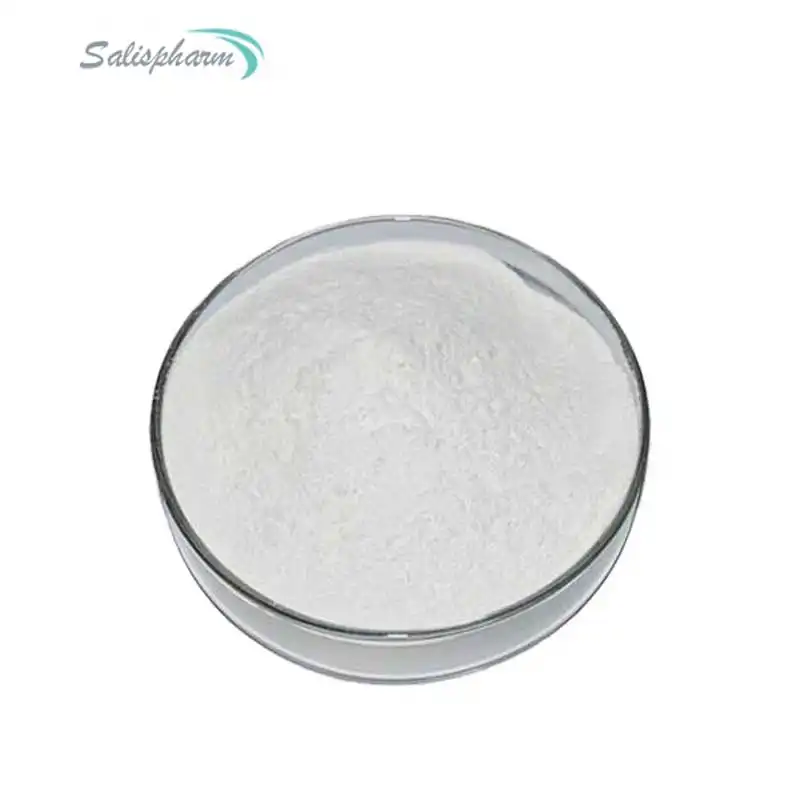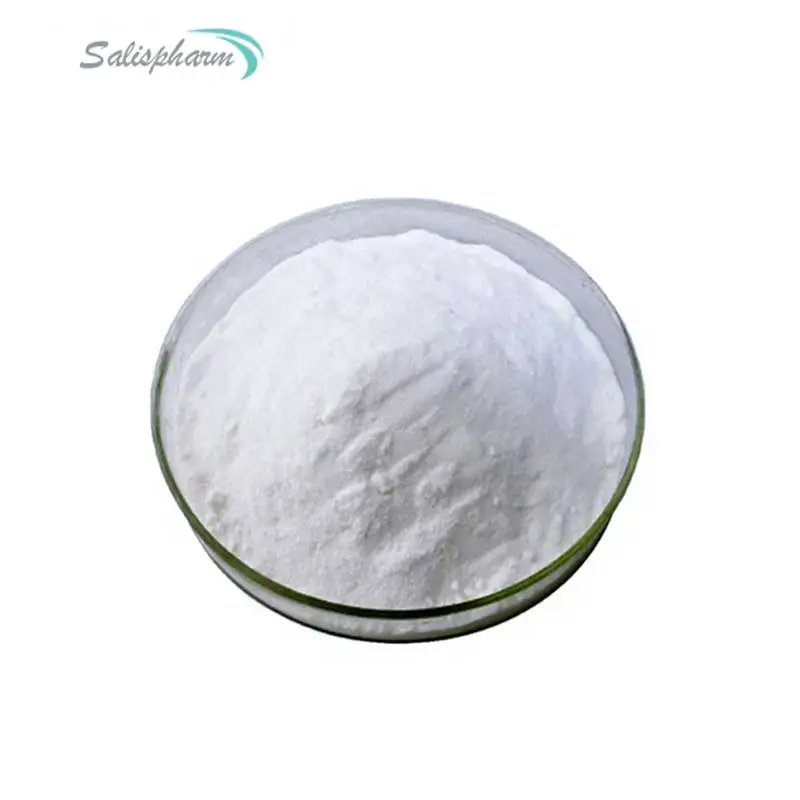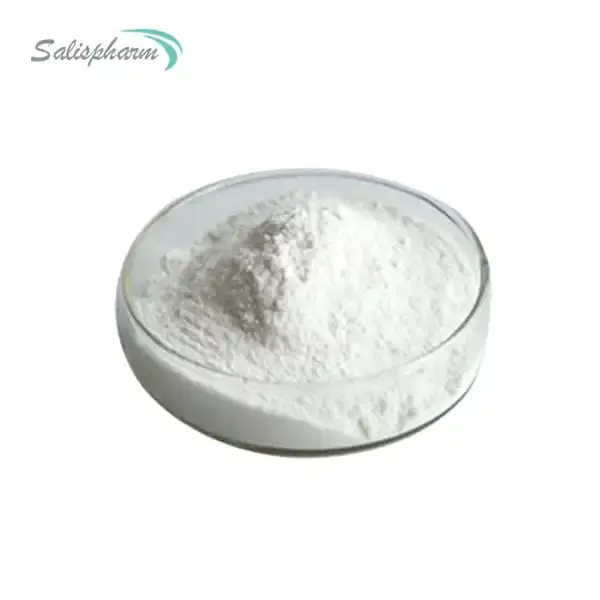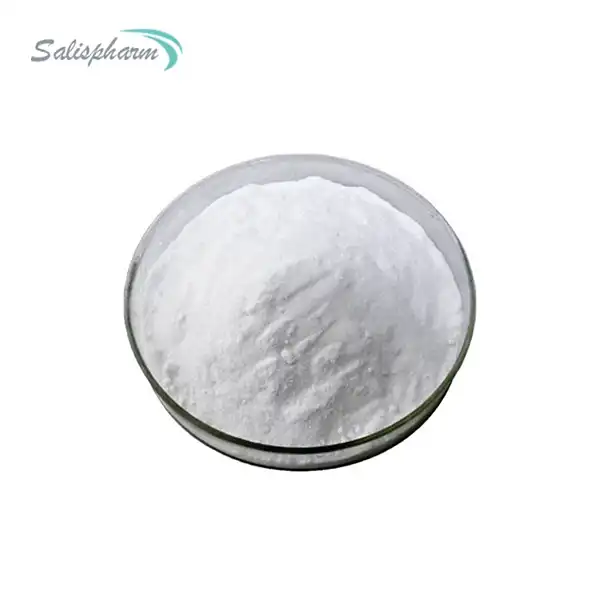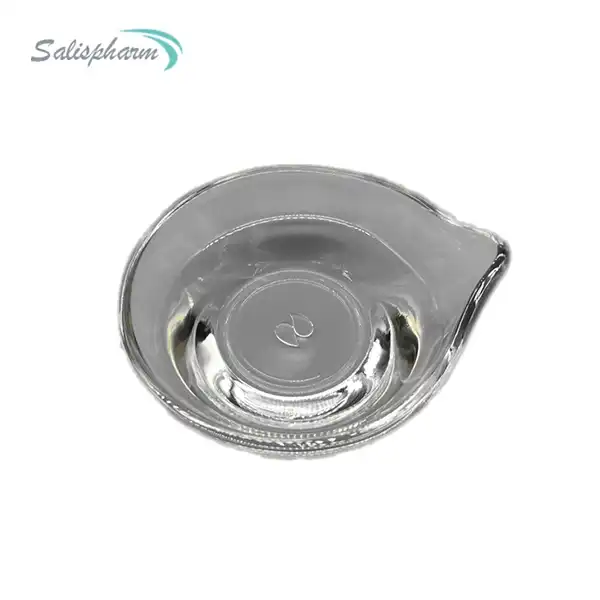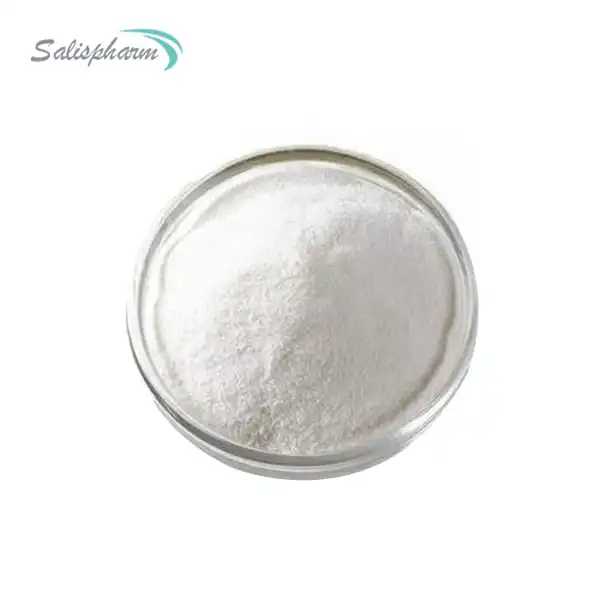Lidocaine powder is a local anesthetic commonly used for pain relief in medical and dental procedures. Many people wonder about its effects, particularly whether it can cause drowsiness. This article will explore the properties of lidocaine powder, its uses, and potential side effects, with a focus on its impact on alertness and sleepiness.
What is pure lidocaine powder used for?
Pure lidocaine powder is a versatile local anesthetic with numerous applications in medical and dental fields. Its primary use is to numb specific areas of the body, providing temporary pain relief during various procedures or to manage certain painful conditions.
- In medical settings, lidocaine powder is often used for
1. Topical anesthesia: When mixed with a suitable base, lidocaine powder can be applied to the skin or mucous membranes to provide localized numbing. This is particularly useful for minor procedures like inserting IV lines, performing biopsies, or treating skin conditions.
2. Dental procedures: Dentists frequently use lidocaine-based solutions for local anesthesia during tooth extractions, fillings, and other oral surgeries.
3. Minor surgical procedures: Lidocaine can be used to numb small areas for procedures such as mole removal, suturing wounds, or performing skin biopsies.
4. Pain management: In some cases, lidocaine powder may be compounded into creams, ointments, or patches to manage chronic pain conditions like postherpetic neuralgia or diabetic neuropathy.
5. Diagnostic procedures: Lidocaine can be used to numb the throat or nasal passages for procedures like endoscopies or bronchoscopies.
- Beyond medical applications, lidocaine powder has found use in other fields
1. Veterinary medicine: Similar to human applications, lidocaine is used for local anesthesia in animals during various procedures.
2. Tattooing: Some tattoo artists use lidocaine-based products to reduce pain during the tattooing process, although this practice is not universally accepted or recommended.
3. Research: Pure lidocaine powder is used in laboratory settings to study its properties, develop new formulations, or investigate its interactions with other substances.
It's important to note that while pure lidocaine powder has many legitimate uses, its application should always be under the supervision of a qualified healthcare professional. Improper use or dosage can lead to serious side effects or complications. Additionally, lidocaine powder should never be used recreationally or without proper medical guidance, as this can be extremely dangerous.
The effectiveness of lidocaine powder in these applications is due to its mechanism of action. Lidocaine works by blocking sodium channels in nerve cells, which prevents the transmission of pain signals. This localized effect makes it an excellent choice for procedures that require numbing of specific areas without affecting the entire body.
How long does lidocaine powder last?
The duration of lidocaine's effects is a crucial factor in its clinical use and patient comfort. Understanding how long lidocaine powder lasts can help healthcare providers plan procedures effectively and inform patients about what to expect.
- The duration of lidocaine's effects can vary depending on several factors
1. Concentration: Higher concentrations of lidocaine generally result in longer-lasting effects. Typical concentrations range from 0.5% to 5%, with higher concentrations used for more invasive procedures or areas with thicker skin.
2. Formulation: The base in which lidocaine powder is mixed can affect its duration. For example, lidocaine in a liposomal formulation tends to last longer than standard aqueous solutions.
3. Area of application: The location where lidocaine is applied can influence its duration. Areas with higher blood flow may clear the anesthetic more quickly, while areas with less circulation may experience prolonged effects.
4. Individual factors: A person's metabolism, body weight, and overall health can affect how quickly lidocaine is processed and eliminated from the body.
5. Use of vasoconstrictors: Sometimes, lidocaine is combined with vasoconstrictors like epinephrine, which can prolong its effects by reducing blood flow to the area.
- In general, the effects of lidocaine powder can be categorized as follows
1. Topical application: When applied to the skin or mucous membranes, lidocaine typically begins to work within 5-10 minutes. The numbing effect usually lasts for about 30 minutes to 2 hours, depending on the formulation and concentration.
2. Injections: Lidocaine injections for dental procedures or minor surgeries typically provide anesthesia for about 1-2 hours. With the addition of epinephrine, this can be extended to 3-5 hours.
3. Nerve blocks: When used for nerve blocks, lidocaine's effects can last from 2-6 hours, depending on the specific technique and concentration used.
It's important to note that while the anesthetic effects of lidocaine wear off within hours, the drug itself can be detected in the body for longer periods. The half-life of lidocaine in the bloodstream is approximately 1.5 to 2 hours in most adults. This means that after this time, about half of the drug has been eliminated from the body.
For patients, understanding the duration of lidocaine's effects is crucial for post-procedure care. They should be aware that:
1. The numbness will gradually wear off, and sensation will return slowly.
2. They should avoid eating, drinking hot liquids, or biting their cheek/tongue while the area is still numb to prevent injury.
3. Pain or discomfort may begin to be felt as the anesthetic effects diminish.
Healthcare providers must also consider the duration of lidocaine's effects when planning procedures or prescribing at-home treatments. They may need to:
1. Time procedures appropriately to ensure adequate anesthesia throughout.
2. Provide additional doses or alternative pain management strategies for longer procedures.
3. Educate patients on when to expect the return of sensation and how to manage any discomfort.
In some cases, prolonged numbness beyond the expected duration can occur. This is rare but may be a sign of an adverse reaction or complication. Patients should be advised to contact their healthcare provider if numbness persists significantly longer than expected.
Can you overdose on lidocaine powder?
While lidocaine powder is generally safe when used as directed by healthcare professionals, it is possible to overdose on this local anesthetic. Understanding the risks, symptoms, and prevention of lidocaine overdose is crucial for both medical practitioners and patients.
- Lidocaine overdose can occur through various routes
1. Excessive topical application: Applying too much lidocaine-containing cream or ointment over a large area of skin or for extended periods.
2. Accidental ingestion: Swallowing lidocaine-containing products intended for topical use.
3. Medication errors: Incorrect dosing during medical procedures or compounding errors.
4. Intentional misuse: Recreational use or attempted self-medication with pure lidocaine powder.
- The risk of overdose increases in certain situations:
1. Use on broken or inflamed skin, which can increase absorption.
2. Combining lidocaine with other local anesthetics or medications that affect the heart.
3. Pre-existing liver or kidney disease, which can impair lidocaine metabolism and excretion.
4. Age extremes (very young children or elderly adults) due to differences in metabolism and body composition.
Symptoms of lidocaine overdose can range from mild to severe and may include:
1. Mild symptoms:
- Numbness or tingling around the mouth
- Metallic taste
- Dizziness or lightheadedness
- Ringing in the ears (tinnitus)
- Blurred vision
2. Moderate symptoms:
- Confusion or disorientation
- Muscle twitching or tremors
- Slurred speech
- Drowsiness
- Nausea and vomiting
3. Severe symptoms:
- Seizures
- Respiratory depression
- Cardiovascular collapse
- Loss of consciousness
- Coma
In extreme cases, lidocaine overdose can be life-threatening, potentially leading to cardiac arrest or severe central nervous system depression.
Prevention of lidocaine overdose is primarily achieved through proper use and administration:
1. Follow prescribed dosages and application instructions carefully.
2. Use the minimum effective dose for the shortest necessary duration.
3. Avoid applying lidocaine to large areas of skin or broken skin unless directed by a healthcare provider.
4. Keep lidocaine products out of reach of children.
5. Do not use multiple lidocaine-containing products simultaneously without medical supervision.
Healthcare providers play a crucial role in preventing lidocaine overdose by:
1. Carefully calculating doses based on patient weight and health status.
2. Monitoring patients closely during and after lidocaine administration.
3. Being aware of potential drug interactions and adjusting doses accordingly.
4. Educating patients on proper use of prescribed lidocaine products.
If an overdose is suspected, immediate medical attention is necessary. Treatment may include:
1. Supportive care: Maintaining airway, breathing, and circulation.
2. Seizure management: Administration of anticonvulsants if necessary.
3. Cardiac support: Treating arrhythmias and maintaining blood pressure.
4. In severe cases, lipid emulsion therapy may be used to help remove lidocaine from the bloodstream.
It's important to note that while overdose is possible, lidocaine has a relatively wide margin of safety when used correctly. The therapeutic index (the ratio between the toxic dose and the therapeutic dose) for lidocaine is generally favorable, which is one reason for its widespread use in medical practice.
In conclusion, while lidocaine powder is an invaluable tool in medical and dental practice, it's crucial to respect its potency and use it only as directed. Awareness of the potential for overdose, recognition of symptoms, and proper prevention strategies are key to ensuring the safe and effective use of this important local anesthetic.
If you are also interested in this product and want to know more product details, or want to know about other related products, please feel free to contact iceyqiang@gmail.com.
References:
1. Becker, D. E., & Reed, K. L. (2006). Essentials of local anesthetic pharmacology. Anesthesia Progress, 53(3), 98-109.
2. Catterall, W. A., & Mackie, K. (2011). Local anesthetics. Goodman & Gilman's The Pharmacological Basis of Therapeutics, 12th Edition. McGraw-Hill.
3. Columb, M. O., & MacLennan, K. (2007). Local anaesthetic agents. Anaesthesia & Intensive Care Medicine, 8(4), 159-162.
4. DeToledo, J. C. (2000). Lidocaine and seizures. Therapeutic Drug Monitoring, 22(3), 320-322.
5. El-Boghdadly, K., & Chin, K. J. (2016). Local anesthetic systemic toxicity: Continuing professional development. Canadian Journal of Anesthesia, 63(3), 330-349.
6. Fung, B. K., & Kwok, C. H. (2018). A review of local anaesthetic toxicity. Hong Kong Journal of Emergency Medicine, 25(3), 152-161.
7. Heavner, J. E. (2007). Local anesthetics. Current Opinion in Anaesthesiology, 20(4), 336-342.
8. Rosenberg, P. H., Veering, B. T., & Urmey, W. F. (2004). Maximum recommended doses of local anesthetics: a multifactorial concept. Regional Anesthesia & Pain Medicine, 29(6), 564-575.
9. Sekimoto, K., Tobe, M., & Saito, S. (2017). Local anesthetic toxicity: acute and chronic management. Acute Medicine & Surgery, 4(2), 152-160.
10. Weinberg, G. L. (2010). Treatment of local anesthetic systemic toxicity (LAST). Regional Anesthesia and Pain Medicine, 35(2), 188-193.

